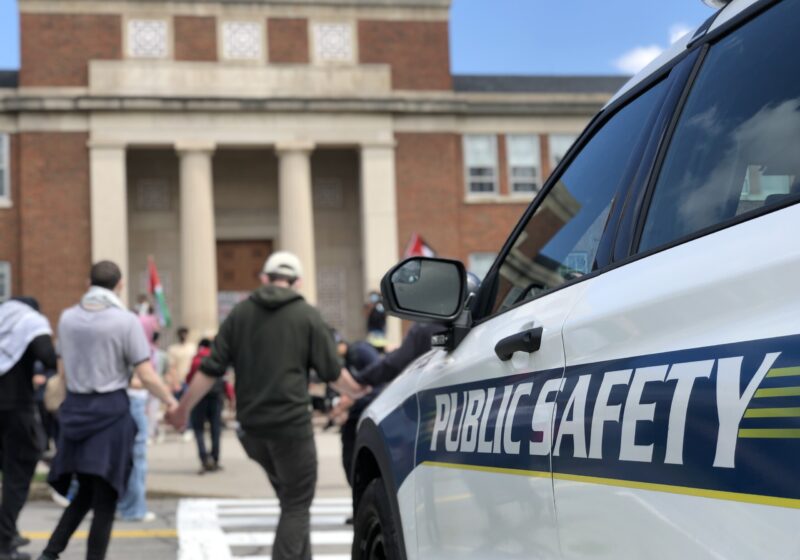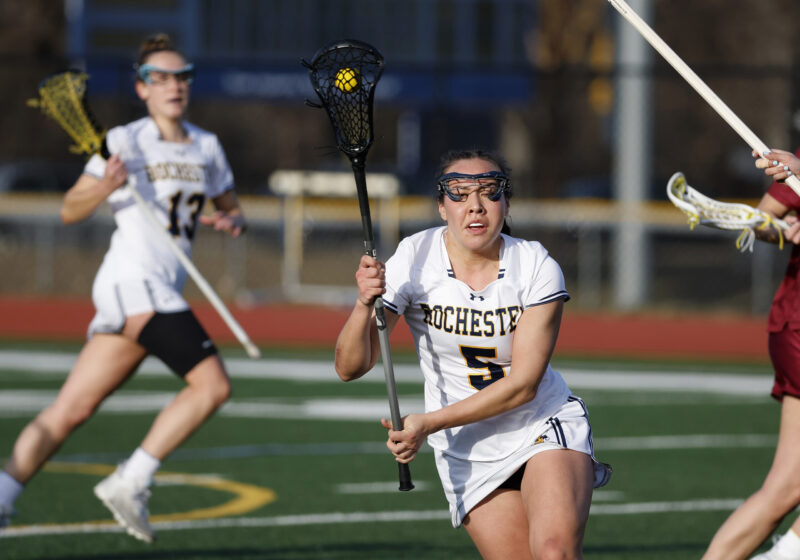On March 5, the United States District Court issued a ruling denying the validity of the UR’s cox-2 inhibitors patent. UR’s head lawyer presiding over this case, Jerry Dodson, appealed the ruling and expects a ruling on the appeal within the next nine to 12 months.
Judge Larimer presided over the case. “He issued the ruling that the patent was invalid because it was not specific enough,” chief executive officer of the UR Medical Center Jay Stein said.
According to Stein, it is enough that the research team tell people what to look for and how to find it. “What we did is to specify two enzymes, to differentiate,” he said.
“Without such a compound, it is impossible to practice the claimed method of treatment,” Judge Larimer wrote. “It means little to invent a method if one does not have possession of a substance that is essential to practicing that method.”
Headed by physician and biochemist Donald Young, UR’s research team first discovered the gene responsible for the enzyme cyclooxygenase-2 (cox-2) as well as the implications and effects of this enzyme in the early ’90s.
Cox-2 is produced in all of the body’s cells and causes inflammation within them. Aspirin and other nonsteroidal, anti-inflammatory drugs block it.
The new cox-2 inhibitors are improvements to aspirin and include the arthritis medication Celebrex. According to the UR Medical Center, doctors prescribed Celebrex to 6.4 million patients in 1999 – the sales totaled $1.5 billion.
UR first filed the lawsuit following the award of a pioneering patent for the cox-2 inhibitor drugs on April 12, 2000. This patent entitles UR to the royalties on the sale of these drugs. The purpose of the lawsuit was to ensure the preservation of their legal rights.
“Shortly after the patent was awarded, attorneys representing the University of Rochester filed an infringement suit in federal court against Searle and Pfizer, the pharmaceutical companies which jointly market Celebrex,” public relations for the UR Medical Center Christopher DiFrancesco said.
According to Young, this gene plays a prominent role in inflammation and in tumorigenesis. “A major achievement in our lab has been the discovery, cloning, and expression of cox-2,” Young said.
Dodson portrays a confident outlook that the appeal will be granted. “The U.S. Patent Office spent eight years considering this important patent, and we believe – as they do – that the patent is valid. After we discuss this with the University Board of Trustees, our intention is to appeal the case to the U.S. Court of Appeals within the next few days, and we’re very confident that we’re going to come away with a favorable ruling,” Dodson said.
UR’s Medical Center declined to comment.
Kline can be reached at mkline@campustimes.org


